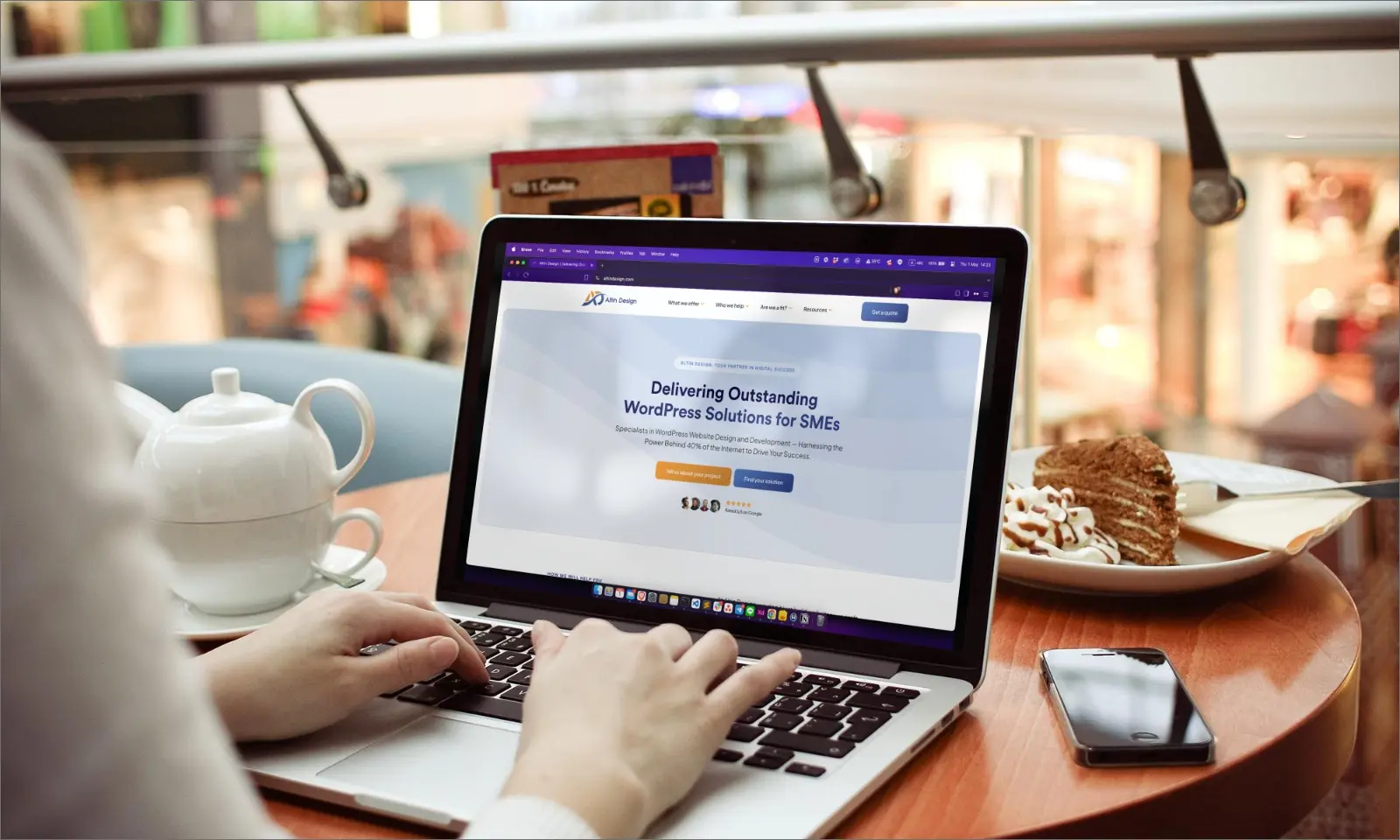Search engine optimization (SEO) is more than just a buzzword; it’s an essential practice for anyone serious about establishing a strong online presence. As search engines evolve, so do the strategies needed to rank higher in their results. To truly thrive in the digital world, you need to master both on-page and off-page SEO techniques. This guide is designed to help you navigate these complex areas, providing you with actionable tips and best practices to boost your website’s visibility and performance. Whether you’re a seasoned marketer or a business owner looking to improve your online reach, understanding and implementing these SEO strategies is key to standing out in an increasingly crowded online space. Let’s dive into the details and uncover how you can enhance your site’s search engine rankings through comprehensive on-page and off-page optimization.
On-Page SEO
1. Keyword Research and Optimization:
Keyword research is the foundation of on-page SEO. It involves identifying the terms and phrases your target audience uses when searching for information related to your niche. Effective keyword research can significantly impact your SEO success. Tools like Google Keyword Planner, Ahrefs, and SEMrush can help you discover high-volume, low-competition keywords.
Once you’ve identified your keywords, the next step is to optimize your content around them. Incorporate primary keywords naturally within your text, headings, and meta tags. Avoid keyword stuffing, as this can harm your rankings and negatively impact user experience. Instead, focus on providing valuable information that integrates keywords seamlessly.
2. High-Quality Content:
- Relevance: Ensure your content addresses the needs and interests of your target audience. Research common questions and concerns in your niche and provide thorough answers.
- Depth: Provide comprehensive information that covers your topic thoroughly. In-depth content is more likely to rank well and earn backlinks.
- Originality: Avoid duplicate content. Offer unique insights and perspectives. Original content is more engaging and shareable, which can help boost your SEO efforts.
- Engagement: Use a mix of text, images, videos, and infographics to make your content more engaging and shareable. Engaging content encourages visitors to spend more time on your site and reduces bounce rates.
3. Title Tags and Meta Descriptions:
- Title Tags: Craft compelling, keyword-rich title tags that accurately describe the content. Keep them under 60 characters to ensure they’re fully displayed in search results. A well-crafted title tag can significantly impact your click-through rate.
- Meta Descriptions: Write concise meta descriptions (under 160 characters) that include primary keywords and entice users to click through to your site. Each page should have a unique meta description that accurately reflects its content. An effective meta description can improve your click-through rate and drive more traffic to your site.
4. Header Tags (H1, H2, H3, etc.):
Header tags help structure your content and make it easier for both users and search engines to understand. The H1 tag should contain the main topic of the page and include your primary keyword. Use H2 and H3 tags for subheadings to break up your content and enhance readability.
Header tags not only improve user experience but also provide context to search engines about the structure and content of your page. Proper use of header tags can enhance your content’s SEO value and make it more accessible to users and search engines.
5. URL Structure:
A clean and descriptive URL structure is crucial for both user experience and SEO. Use keywords in your URLs, and avoid using special characters. A well-structured URL should give users a clear idea of what the page is about.
For example, instead of using a URL like www.example.com/page1, use www.example.com/seo-tips. This not only helps users understand the content of the page but also improves your search engine rankings by making it easier for search engines to index your content.
6. Internal Linking:
Internal links connect different pages on your website, helping users navigate and discover more content. They also help distribute link equity across your site. Use descriptive anchor text for internal links to provide context about the linked page.
Strategic internal linking can improve the crawlability of your site, help search engines understand the hierarchy and relationship between pages, and increase the overall SEO value of your content.
7. Image Optimization:
Images can enhance user experience, but they need to be optimized for SEO. Compress images to reduce load time, use descriptive file names, and add alt text to images. Alt text not only improves accessibility but also helps search engines understand the content of the images.
Well-optimized images can contribute to faster page load times, improved user experience, and better search engine rankings. Use tools like TinyPNG or ImageOptim to compress images without losing quality.
8. Mobile-Friendliness:
With more users accessing websites on mobile devices, ensuring your site is mobile-friendly is essential. A responsive design adjusts your site’s layout based on the device being used. Google’s Mobile-Friendly Test tool can help you assess your site’s mobile compatibility.
A mobile-friendly site provides a better user experience, reduces bounce rates, and improves your chances of ranking higher in mobile search results. Ensure your site is easy to navigate and read on smaller screens, with appropriately sized buttons and links.
9. Page Speed:
Page speed is a crucial ranking factor. Slow-loading pages can lead to higher bounce rates and lower rankings. Optimize your site’s load time by compressing files, leveraging browser caching, and minimizing HTTP requests. Use tools like Google PageSpeed Insights to identify areas for improvement.
A fast-loading site not only improves user experience but also increases the likelihood of visitors staying on your site and engaging with your content. Implement techniques like lazy loading for images, minifying CSS and JavaScript, and using a content delivery network (CDN) to enhance page speed.
10. User Experience (UX):
A positive user experience is vital for SEO. Ensure your site is easy to navigate, with clear calls-to-action and minimal distractions. A secure site (using HTTPS) also contributes to a better user experience and improved rankings.
Focus on creating a seamless and intuitive user journey. Analyze user behavior through tools like Google Analytics to identify and address any usability issues. A site that provides a positive user experience is more likely to retain visitors and convert them into customers.
Off-Page SEO
1. Backlink Building:
Strategies for Building Backlinks:
- Guest Blogging: Write articles for other reputable websites in your niche. Include a link back to your site in the author bio or within the content. Guest blogging not only helps you gain backlinks but also exposes your content to a broader audience.
- Influencer Outreach: Collaborate with influencers in your industry to get mentions and links from their websites or social media profiles. Influencers can help you reach a larger audience and build credibility.
- Broken Link Building: Find broken links on other websites and suggest your content as a replacement. This helps the site owner fix their broken links while earning you a backlink. Tools like Ahrefs can help you identify broken links on relevant sites.
2. Social Media Engagement:
An active social media presence can drive traffic to your site and increase brand awareness. Share your content regularly on platforms like Facebook, Twitter, LinkedIn, and Instagram. Engage with your audience by responding to comments and messages.
Social media engagement can indirectly boost your SEO efforts by driving traffic to your site, increasing brand visibility, and encouraging content sharing. Use social media management tools like Hootsuite or Buffer to schedule posts and track engagement.
3. Content Marketing:
Content marketing involves creating and distributing valuable content to attract and retain a defined audience. This can include blog posts, videos, podcasts, and infographics. High-quality content is more likely to be shared and linked to, which can improve your off-page SEO.
Develop a content marketing strategy that aligns with your business goals and target audience. Focus on creating evergreen content that remains relevant over time and can continue to attract traffic and backlinks.
4. Brand Mentions:
Encouraging mentions of your brand on reputable websites and social media can boost your SEO. These mentions can occur naturally as you build your brand’s reputation. Use tools like Google Alerts to monitor and capitalize on brand mentions.
Brand mentions, even without a link, can contribute to your site’s authority and visibility. Engage with online communities and forums to increase the likelihood of brand mentions.
5. Local SEO:
Optimizing your site for local searches is crucial for businesses targeting a local audience. Claim your Google My Business listing and ensure your business information is accurate. Acquire local citations from online directories and encourage satisfied customers to leave positive reviews.
Local SEO involves optimizing your site to appear in local search results, which can drive more traffic from users in your area. Ensure your NAP (Name, Address, Phone Number) information is consistent across all online directories.
6. Influencer Marketing:
Partnering with influencers in your industry can help you reach a broader audience and build credibility. Ensure the influencers you work with align with your brand values and have a genuine following.
Influencer marketing can amplify your content reach and drive more traffic to your site. Work with influencers to create authentic content that resonates with their audience and promotes your brand.
7. Forums and Community Engagement:
Participate in industry-related forums, Q&A sites, and online communities to build your reputation and authority. Provide valuable insights and solutions to establish yourself as an expert in your field.
Engaging with online communities can help you build relationships, drive traffic to your site, and increase brand awareness. Focus on providing helpful and relevant information rather than purely promoting your site.
Conclusion
Implementing both on-page and off-page SEO strategies is essential for improving your website’s search engine rankings and online visibility. Remember that SEO is an ongoing process that requires consistent effort and adaptation to stay ahead of the competition. By following the best practices outlined in this guide, you can enhance your site’s SEO and achieve long-term success.
Are you looking to build an SEO-friendly website?
Contact us today for expert web design and development services tailored to your needs. Let us help you create a powerful online presence that attracts and retains customers.








